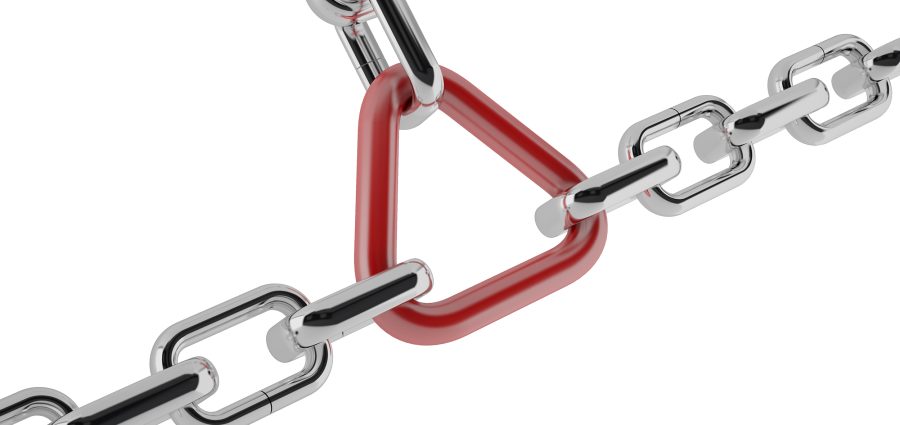The past couple of years dealing with supply chain issues has made finding that balance between low cost and available product difficult. Your business dynamics haven’t changed, but the risks have made managing your inventory more difficult.
I worked many years in distribution category management, and the supply chain problems remind me of the old photos I used to see hanging up at the former Hughes Supply locations. There was one memorable black-and-white photo of the Hughes Brothers standing next to a 1920’s Model T truck with the caption, “You can’t sell from an Empty Wagon.” That universal distribution truth still rings true even 100 years later.
My Top 5 Tips to Mitigate Your Distribution Supply Chain Risk
1. Don’t work in a vacuum. Talk and work with your manufacturer partners. Communicating with your key partners on fill rates and back orders is critical to success. When you see the number of back orders climbing and fill orders rates are not improving, do not wait to act. Speed is critical. Out-of-stocks drive your mutual customers to competitors — your key manufacturer partners don’t want that to happen. It’s a lose-lose for both distributors and manufacturers, so work together.
2. Build buffer inventory domestically for your offshore product. The primary determining factor for choosing offshore supply is low cost. The low-cost “good price” SKUs help you win orders and take share from the competition. You need that “good price” product, and often the only option is offshore product. Off-Shore supply chain disruptions require that you consider building buffer inventory to not get caught trying to sell from an empty wagon.
3. Develop nearshoring (Mexico, Canada, etc.) or reshoring (domestic supply) contingency plans. If you build buffer inventory effectively while maintaining proper inventory carrying costs, it will buy time to find product alternatives if your supply chain issues do not improve.
4. If you are a multi-site distributor, optimize your inventory through warehouse transfers. There are times where you are unable to build buffer inventory, or have time to build contingency supply plans. Lost orders equal lost customers.
5. Use your A, B, C, D inventory management system to prioritize products to act upon. Your “A” and “B” SKUs are the most important to your customers’ business. As your highest-selling SKUs, they are often the most competitively priced. That is why many of your top-selling A’s and B’s may be offshore or private-label branded products. For example: An offshore, private label “A” SKU is your highest-risk profile. It’s coming off a boat, it’s private-label (which the manufacturer will deliver minimal support vs. their branded line), and it’s an often-lowest-priced but top-selling SKU for your business. That is high-risk and high-reward SKU, and having a plan for avoiding supply chain issues is critical to success.
The Final Word
If you look at your risk profile at the SKU level and build proper risk assessment and contingency plans, it will help you react quicker to any future supply disruptions. Putting your competition on the defensive because you have the products they can’t get reliable supply on will help you take share in these troubled supply chain times.
I believe it is rather easy to sell when your wagon is full, and the competitors are struggling to fill important customer orders.
Related Posts
-
Exiger noted that the SaaS supply chain management market is expected to grow to $19.8…
-
The research giant and consulting firm says the deal will help deepen supply chain transformation…
-
The bill calls for leaders to discuss weaknesses within U.S. supply chains and advise on…






